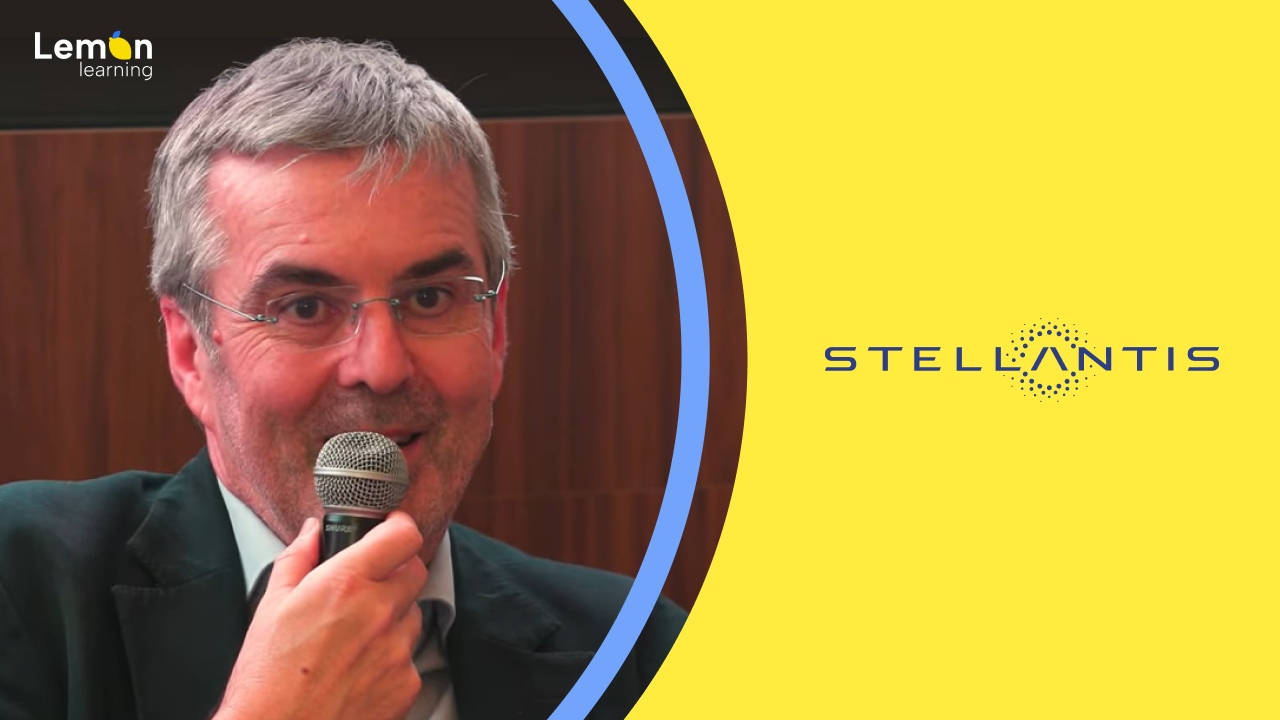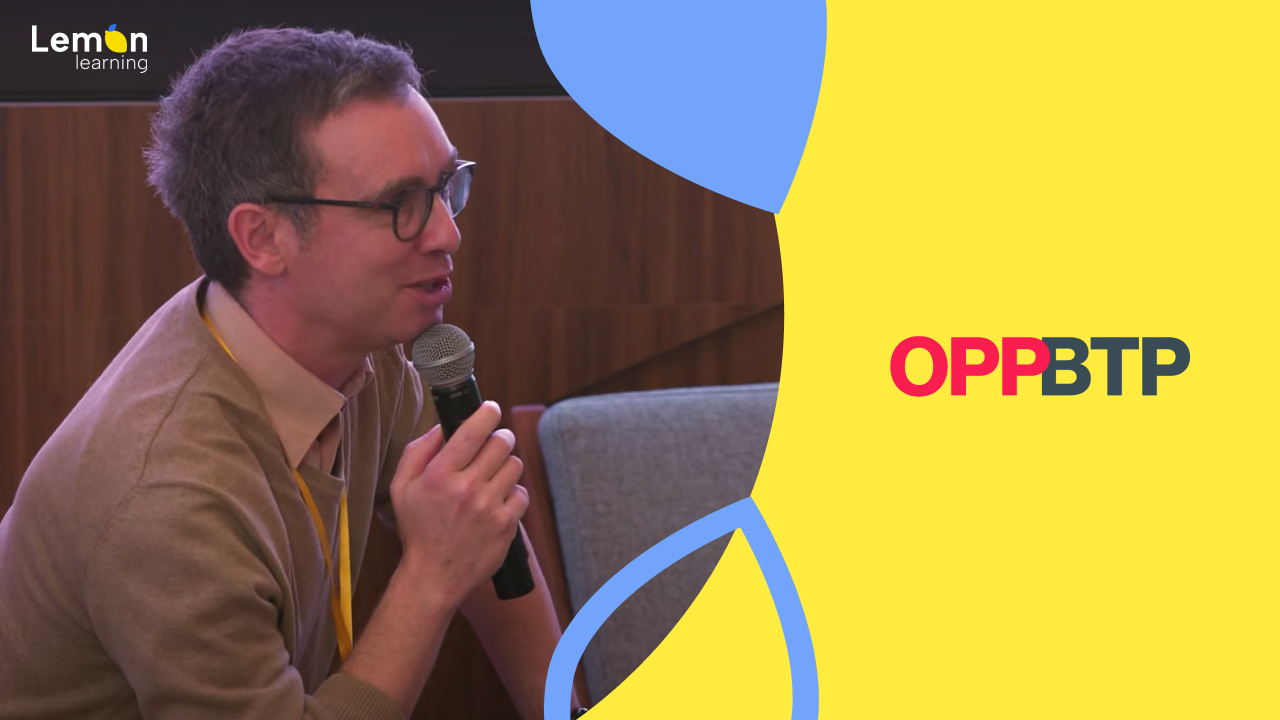From Paper Slides to Instant Skills: How Mazars Transformed Employee Onboarding
Software: 6
Tool type: Billing/ ERP/ Salesforce/ ServiceNow/ Cegid Loop/ Absence Management
Users: 4500
What made this project a success?
Why did Forvis Mazars choose Lemon Learning?
At Forvis Mazars, the need arose from a simple observation: our internal training method had become obsolete. We had a dedicated IT trainer who onboarded new hires using 80-slide PowerPoint presentations. In an environment like ours—marked by healthy but high turnover, particularly in auditing and consulting—this format was no longer effective. It was too rigid, too slow to maintain, and, above all, poorly suited to a generation accustomed to the fluidity of digital technology.
When this employee left the company, we decided to rethink our approach. The goal was clear: to train users directly within the tools, at the moment they needed help. With this in mind, we contacted Lemon Learning.
How did you get involved with Lemon Learning?
We first launched a proof of concept (POC) on our procurement management application (USE). The goal was twofold: to test the tool in a real-world setting and to encourage internal adoption. The test involved 50 users and a few initial guides. The feedback was very positive and quickly paved the way for a full deployment.
Today, Lemon Learning is deployed across seven of our core applications, including Salesforce, Acuteo, ServiceNow, CJ DeLoupe, and other strategic internal tools. This marks a clear shift from our previous methods: employees no longer have to search for information in static documents or on the intranet. Help is now available directly within the tools they use.
What are the concrete benefits for Forvis Mazars?
Although we don’t yet have formal KPIs, we’ve observed a significant decrease in support requests from project management and support teams. Users are more autonomous, information flows more easily, and theoretical questions have decreased considerably. This has transformed our approach to training: we no longer direct users to PDF manuals, but instead to contextualized guides integrated into the interface.
Moreover, communication has been a key driver of adoption: newsletters, push notifications embedded in the tools, and continuous efforts to harmonize the user experience across applications. This consistency helps drive adoption and gradually builds user habits.
How is content production organized?
We’ve adopted a hybrid model. For sensitive or complex content, we work with Lemon Learning’s teams on contracted projects. This allows us to move quickly with reliable deliverables. For other needs, we’ve trained internal team members—like Marine and Clélias—who can create or update guides as needed. This model gives us real agility, even with complex tools. Within two weeks, we’re able to produce relevant and effective content.
What are the prospects for the future?
The rollout of Lemon Learning in France was rapid. In the long term, we hope to expand the tool across the group to other countries. Some regions are already using similar solutions, but we’re working to raise awareness of Lemon Learning internally to build a more global approach.
How do you support change with users?
Adoption requires repetition and consistency. Seeing guides and tooltips appear across multiple tools helps reinforce user habits. We also prioritized regular and visible communication. These efforts are what make the difference day to day, helping us shift from a reliance on the hotline to a culture of user autonomy.
Mohamed Zinbi
Deputy CIO , Forvis Mazars










